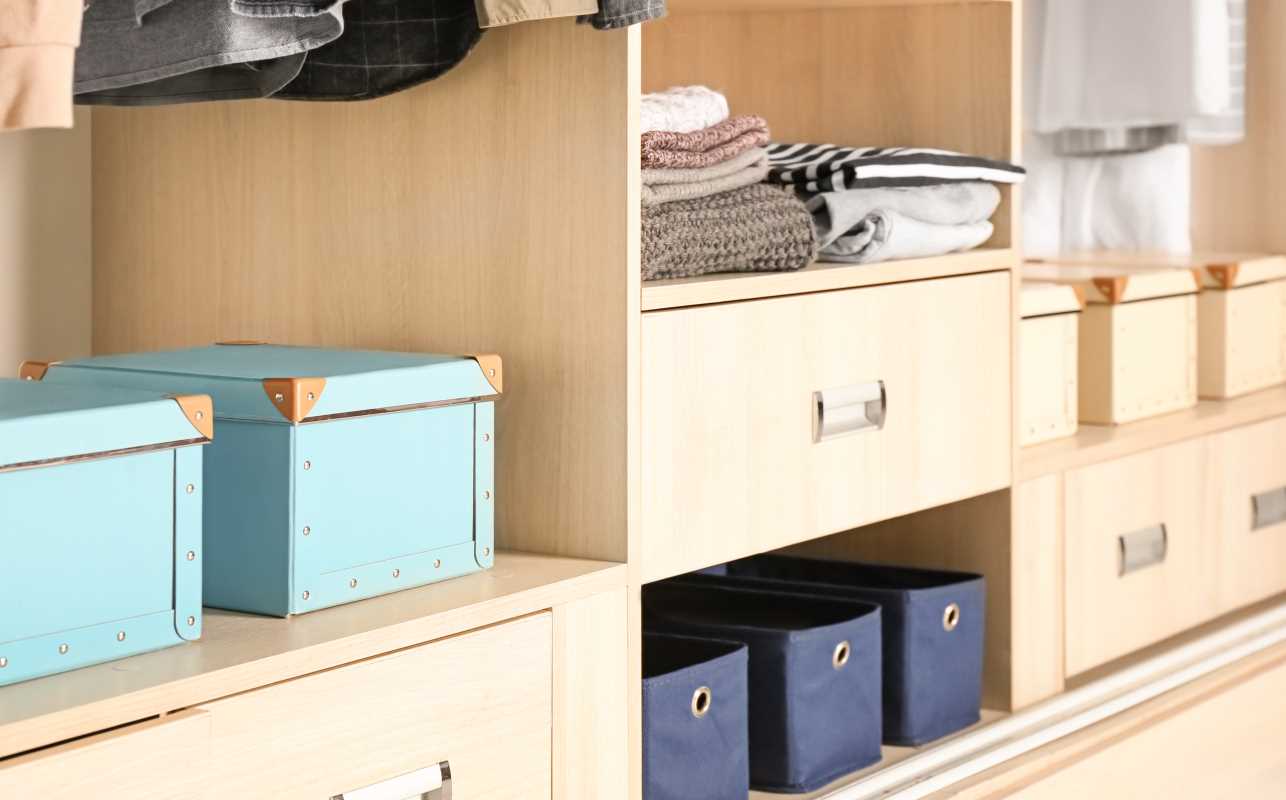In a world filled with constant distractions and overwhelming consumerism, embracing minimalism has become a popular lifestyle choice for those seeking simplicity and peace of mind. Minimalism is not just about decluttering your physical space; it's also about decluttering your mind and focusing on what truly matters. Let's explore the key aspects of minimalism and how they can help you simplify your life.
Benefits of Minimalism
Embracing minimalism comes with tons of benefits, including reduced stress and anxiety levels, increased productivity, and improved mental clarity. When you let go of excess possessions, you create room for what truly brings you joy and fulfillment. Studies have shown that cluttered environments can increase stress and difficulty concentrating, making minimalism a practical solution for improving mental health.
Minimalism encourages intentional living, allowing you to focus on experiences rather than material possessions. This shift in mindset can lead to a more meaningful and purposeful life. People who adopt minimalism often report feeling a deeper sense of contentment and satisfaction as they spend more time engaging in activities that align with their values and passions. Furthermore, minimalism promotes financial freedom by encouraging mindful spending and reducing impulsive purchases, which can help you save for meaningful experiences instead.
Simplifying Your Wardrobe
One of the first steps to embracing minimalism is simplifying your wardrobe. A cluttered closet can be overwhelming, leading to decision fatigue and wasted time. Start by taking a critical look at your clothes and accessories. Ask yourself which items you truly love and wear regularly. A good rule of thumb is the "one-year rule": if you haven't worn an item in the past year, it's time to let it go.
Embrace a capsule wardrobe of versatile pieces that can be mixed and matched to create various outfits. This approach not only streamlines your daily routine but also fosters creativity in how you style your clothing. By curating a wardrobe filled with items you love, you’ll save time getting dressed in the morning and reduce the mental load of choosing outfits.
Consider quality over quantity. Investing in fewer, high-quality pieces can enhance your style while ensuring your wardrobe remains functional and aesthetically pleasing. By focusing on essentials, you can create a wardrobe that reflects your style and meets your lifestyle needs.
Decluttering Your Home
Another crucial aspect of minimalism is decluttering your home. A cluttered living space can impact your mood and productivity. Take a room-by-room approach and assess your belongings critically. Consider using the KonMari method, developed by Marie Kondo, which encourages you to ask yourself whether each item sparks joy. If it doesn’t, consider donating or selling it.
When decluttering, it’s helpful to have a plan in place. Start with one area, such as a closet or drawer, and work your way through your home gradually. This approach prevents you from feeling overwhelmed and allows for a more manageable process. A clutter-free home not only looks aesthetically pleasing but also promotes a sense of calm and tranquility, making it easier to focus on what truly matters.
Consider implementing a "one in, one out" policy. For every new item you bring into your home, commit to removing one. This habit helps maintain a balanced and clutter-free environment, making it easier to embrace minimalism in the long run.
Digital Detox
In today's digital age, it's essential to declutter your digital space as well. Our devices can become overwhelming, filled with endless notifications, emails, and social media updates that distract us from the present moment. Start by unsubscribing from unnecessary email newsletters and decluttering your social media feeds. Follow accounts that inspire and uplift you while unfollowing those that contribute to negativity or distraction.
Organize your digital files and photos systematically. Create folders for different categories and regularly back up important documents. Limiting your screen time can also help you reclaim precious moments for more meaningful interactions. Embracing a digital detox allows you to be more present and cultivate deeper connections with the people around you.
Set boundaries for your technology use. Designate "tech-free" zones or times in your home, such as during meals or before bedtime. This practice encourages genuine connections with family and friends and fosters a healthier relationship with technology.
Mindful Consumption
Minimalism emphasizes mindful consumption, urging you to consider the value of each purchase. Before making a decision, ask yourself whether the item truly adds value to your life or if it's just another impulse buy. This habit encourages you to practice gratitude for what you already have, shifting your focus from acquiring more to appreciating what is already present.
Mindful consumption can lead to significant financial benefits as well. By intentionally making your purchases, you’ll reduce waste, save money, and contribute to a more sustainable lifestyle. Additionally, consider alternative options such as borrowing, renting, or purchasing second-hand items whenever possible. These practices not only minimize clutter but also promote sustainability and community engagement.
Creating a wishlist can help manage your desire for new items. Rather than purchasing impulsively, write down items you feel drawn to and revisit the list after a set period, such as a month. This practice helps you distinguish between wants and needs, allowing you to make more thoughtful purchasing decisions.
(Image via Adobe Stock)







